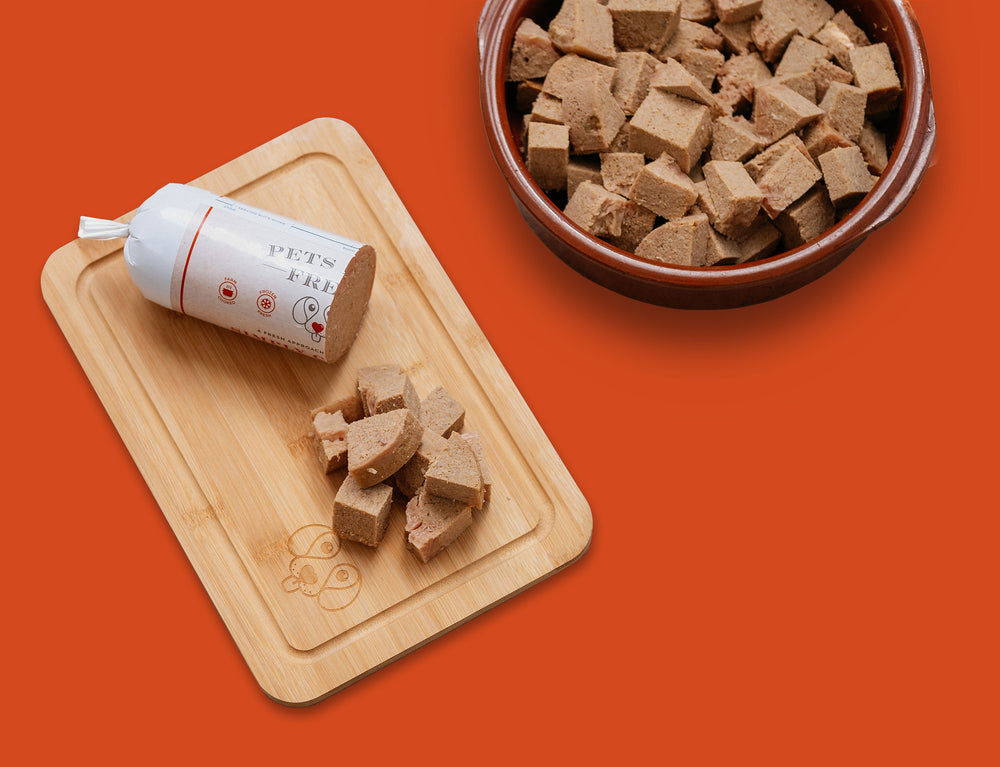Can Dogs Eat Seaweed?
There’s little more restorative than a walk along the beach with your dog. We love watching our pups leap into the surf, pick up driftwood and run across empty expanses of sand, with an energy we humans can only dream of. But sometimes – as we all know too well – dogs like to sniff at things, and they can occasionally eat things they shouldn’t.
Many of us have probably found our dogs distracted for a moment. We approach and find them chewing on something unfamiliar: seaweed. Should they be eating that? The answer is: it depends.
Read on for a better understanding of the benefits and dangers of seaweed for dogs.
Benefits Of Seaweed For Dogs
We’ve all heard that seaweed is good for us. Hailed by nutritionists and celebrities as a superfood, seaweed is rich in iodine, protein, omega-3s and several important vitamins and minerals, including amino acids lauded for their anti-aging effect on skin. But is seaweed good for dogs, too?
Absolutely – providing its well-sourced, seaweed can help maintain your dog’s shiny coat and supple skin. It’s also a natural wholefood source of DHA and EPA fatty acids, known to support brain development. Research also suggests there are benefits of seaweed for dog’s teeth and oral hygiene.
Commercially available seaweed can be implemented in a dog’s diet as a nutritious supplement.
Dangers Of A Dog Eating Seaweed At The Beach
While seaweed is good for dogs, dog owners should never allow their dogs to eat wild seaweed found on the beach or in the sea. Under the sun, wild seaweed often dries up and dehydrates. When dogs eat it, it expands in the digestive system, potentially causing fatal blockages. What’s more, wild seaweed can get mixed up with sand and more dangerous pollutants, or entangled in plastic or fishing lines.
To discourage your dog from eating this tasty albeit dangerous snack, keep them on a lead in areas where lots of seaweed is washed up on the shore.
If you are now thinking “but my dog ate wet seaweed at the beach!” you probably don’t need to worry. Wet seaweed will likely pass through their digestive system – though better not repeat it. If your dog ate dried seaweed recently, try not to panic but call your veterinarian as soon as possible.
How To Safely Feed Your Dog Seaweed
Seaweed can be found on almost any beach. It’s a free resource for many foragers, but knowing what we know about oceanic pollution it is safer to leave gathering it and preparing it for your dog to the experts.
When sourcing ingredients for ourselves, we may have noticed a difference between “food grade” and “non-food grade.” Food grade is deemed healthy and safe for consumption, while the other is not strictly safe for our consumption.
Dog lovers take the same approach to their dogs should seek food grade seaweed snacks and supplements for dogs that can be sprinkled on their food or natural dog food that contains seaweed among its ingredients.
Finding Fresh Seaweed Dog Food
Finding dog food containing seaweed isn’t as easy as it should be. Most tinned and commercial diets will not include seaweed, a luxury food for most humans in the West, and a luxury for dogs, too.
There are several gourmet snacks and supplements around that can be added to dog’s food, and these can be helpful additions to your dog’s diet too. Here at Pets Love Fresh we think dogs deserve food that’s as natural, nutritious, fresh and tasty as the food we like to eat. That’s why we’ve included seaweed in all our adult and puppy recipes.
Try a taster pack of our Natural Dog Food see if your dog likes it as much as ours do.


